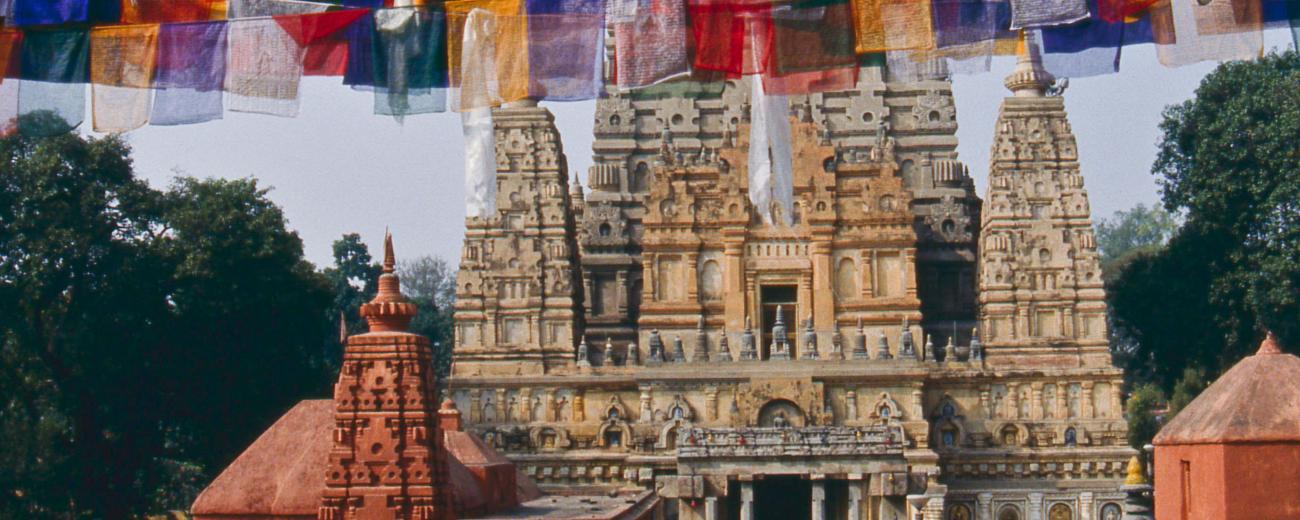
Chinese visitors at the navel of the world: Transregional travels to Bodhgaya in the long First Millennium

Key information
- Date
- Time
-
5:30 pm to 7:00 pm
- Venue
- TBA
- Event type
- Lecture
About this event
Bodhgayā, the place of the Buddha’s Awakening, arguably is one of the most prominent places in Buddhist history and imagination.
It is one of the four ‘Great Places’ (mahāsthāna) recommended for visits by the Buddha towards the end of his life (Mahāparinirvāṇasūtra); hence it is not surprising that it very quickly became one of the major Buddhist pilgrimage places, not only visited by Indian monastics and laypeople but also, from at least the 4th century to the 12th century AD, by Chinese travelers and pilgrims. Some of these travelers wrote records or left inscriptions in situ.
This lecture will give an overview of these sources and will trace the history of Bodhgayā reflected in them.
About the Speaker
Max Deeg is Professor in Buddhist Studies at Cardiff University, Wales. His research focuses on the transmission process of Buddhism from India to China and, more specifically, on Chinese sources on India.
He is preparing a new translation and commentary of Xuanzang’s ‘Record of the Western Regions of the Great Tang’ (Datang Xiyu ji) and is one of the two PIs on the ongoing “Xuanzang Trail” project in Bihar, India, which explores the Buddhist sites in Bihar mentioned in Xuanzang’s ‘Record’ (supported and funded by the Bihar Heritage Development Society).
Attending the event
This event is free and open to all.
- Organiser: Centre of Buddhist Studies
- The Buddhist Forum series is kindly sponsored by Khyentse Foundation

